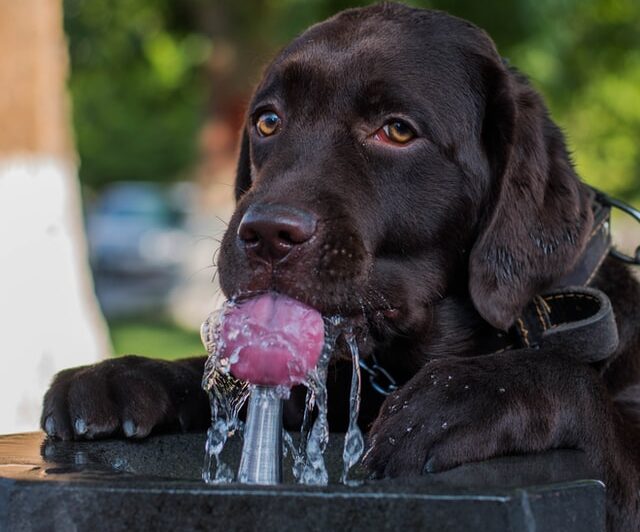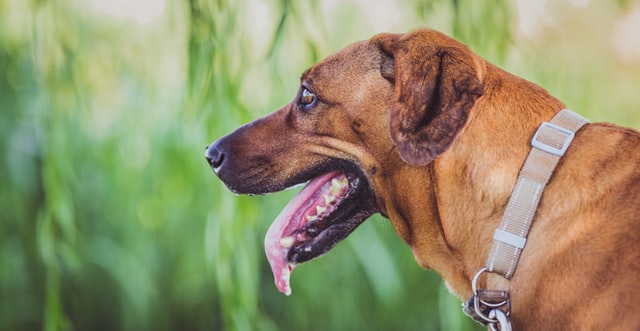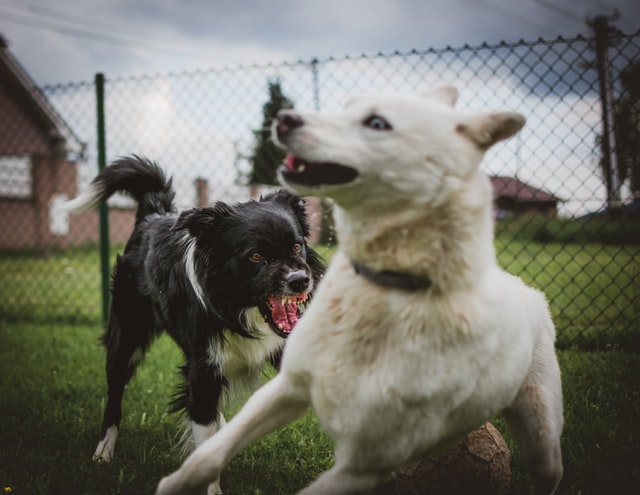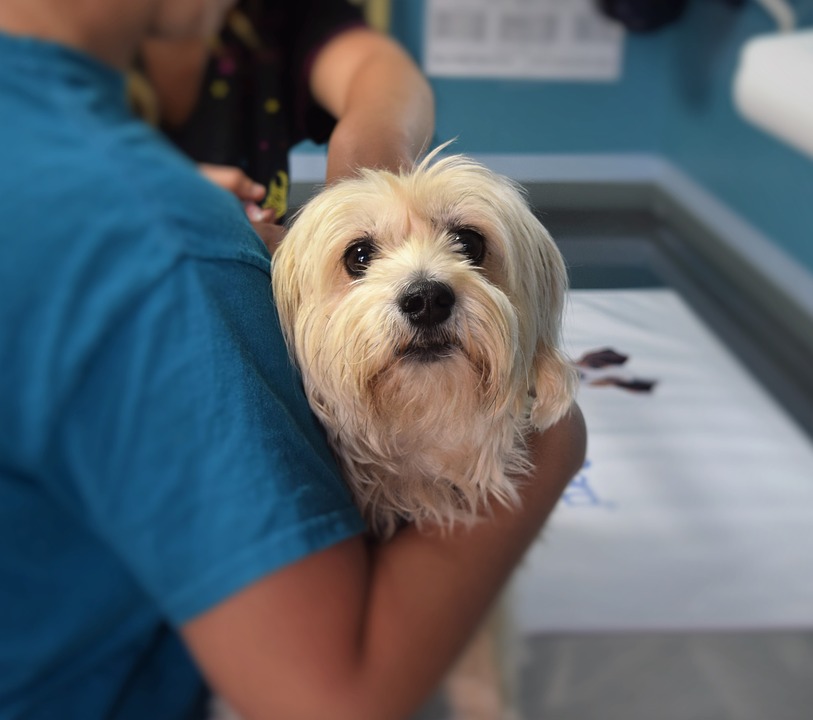We all know that illnesses can strike when we least expect it and when we get sick it’s never a fun experience. There’s a lot of discomfort or pain involved when you get sick and we can safely assume our dogs don’t like getting sick either.
But dogs can’t speak, no matter how much we want them to, and that means they can’t tell us when they’re sick. To make sure you’re able to maintain your dog’s health here are 11 red flags that your dog needs to see a vet.
1. Change in Eating Habits or Loss of Appetite


One of the easier signs to catch is a loss of appetite or a change in eating habits. While it’s not uncommon for dogs to skip a meal or two, you might want to start worrying if it lasts for more than 2 days.
If your dog is suddenly not in the mood to eat food or treats then they might be experiencing digestive issues at best and a serious intestine obstruction at worst. Regardless, odd eating habits warrant a trip to the vet.
2. Odd Drinking Habits


Another sign of possible digestive issues is when your dog has odd drinking habits. If you notice that your dog is drinking too much or too little, they could be developing kidney diseases or diabetes. You’ll be able to tell if they’re drinking by keeping track of how many times you have to refill their water bowl.
Another way is by seeing if your dog is urinating more often or has accidents at home. Alternatively, you’ll be able to see if your dog is drinking too little if their bowl seems to be untouched.
3. Difficulty Breathing/Rapid Breathing


A dog panting isn’t that uncommon, especially after exercising or if it’s a hot day. However, they should have no trouble breathing once they’ve gotten a chance to cool down and rest. If your dog continues to pant even after they’ve rested in a cool place then you might want to see a veterinarian.
While they may be just experiencing allergies or a cold if it persists for 2 or so days you should see a veterinarian. Difficulty breathing could be a red flag for a more serious problem, especially for some dog breeds like bulldogs, boxer dogs, etc.
4. Rough or Dry Coat


A dog with a thick and shiny coat often indicates that the dog is healthy. While the poor condition of a dog’s coat doesn’t automatically mean that they need to see a vet (they might just need to see a groomer) there are some exceptions.
If your dog’s coat is dull, rough, dry, or has bald patches that could be a sign that something is wrong. This could mean a myriad of things like eating the wrong food, an allergy of some kind, or a skin disease. Either way, your dog’s going to need to see a vet.
5. Lethargy or Sluggishness


Over time dogs will get less energetic as they grow older. However, younger dogs and puppies that show signs of lethargy and lack of energy should be a red flag for dog owners.
Their lack of enthusiasm could be a sign that your dog is ill or maybe they are experiencing some physical discomfort or pain. When this happens, you should visit a vet just to make sure it’s nothing serious or to see if they have any hidden injuries.
6. Vomiting


Vomiting isn’t unusual for dogs and animals may sometimes vomit to get rid of things that they don’t agree with or don’t like.
However, there are cases of vomiting that should be a cause for concern. These cases include frequent vomiting, vomiting blood, or vomiting due to a fever or other illness.
Severe vomiting can cause dehydration or diarrhea. When you spot these signs, seek a veterinarian as early as possible.
7. Unusual Stool
A good indicator for a dog’s overall health is the condition of their stool. Typically, a dog’s stool is firm, moist, small, and has a normal brown color.
Meanwhile a dry, hard, and oddly colored stool can be signs of illnesses, dietary problems, dehydration, and even worms.
Take your dog to a vet if they experience the following symptoms:
- Black or bloody stool
- Worms found in stool
- Yellow stool
- Diarrhea for more than 24 hours
8. Irregular Movement or Poor Balance
Make an appointment with your veterinarian as early as possible when you notice changes in your dog’s movement. For example changes in their walk, irregular movement patterns, or poor balance.
Limping could be a sign that your dog has experienced some injury or a strained tendon. However, awkward movements or poor balance control could indicate neurological problems.
9. Irritated or Red Eyes
Diseases that affect the eye can progress rapidly and may cause blindness, there are medications your dog can take to cure an infection or alleviate symptoms. Make an appointment with your vet when you spot cloudy eyes, redness or irritation, or excessive discharge from your dog’s eyes. Your dog has a higher chance of avoiding long-lasting damage to their eyes if you can get the proper treatment sooner.
10. Wincing, Whining, or Crying


When your dog is wincing, whining, or crying then it’s likely that they’re currently experiencing some kind of pain or injury. If your dog is shying away from interaction and whining then there’s something wrong.
Your dog will need to go through a check-up to see if they’re injured and they might need to go through an X-ray or a full body examination.
11. Aggressive or Unusual Behavior


One clear indication that something isn’t right with your dog’s health is when their behavior changes for the worse. Aggressiveness, crankiness, or lethargy are typically signs that a person is feeling ill or is experiencing pain/discomfort. Just like us, dogs can have the same reaction.
Signs to look out for are an increase in aggressiveness or intensity, barking, growling, pacing, or even a lack of enthusiasm. Avoid seeing these changes as behavioral problems and make an appointment with a veterinarian instead.
At best your dog is going through some behavioral problems and at worst they might be experiencing injuries or illnesses.



